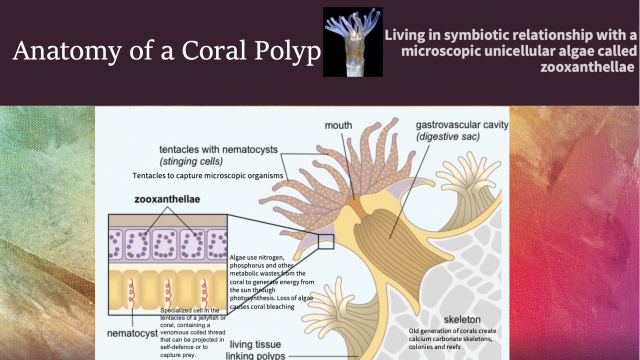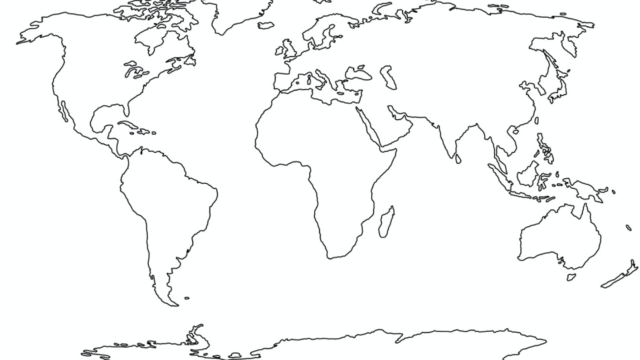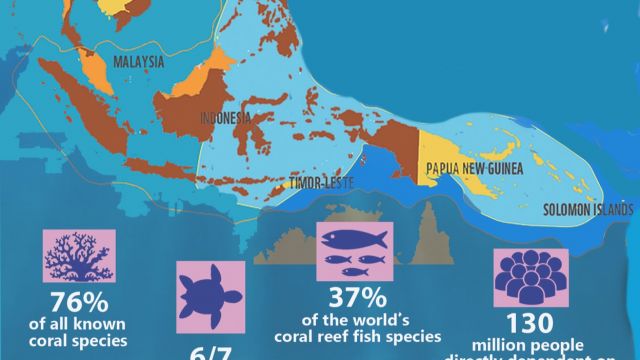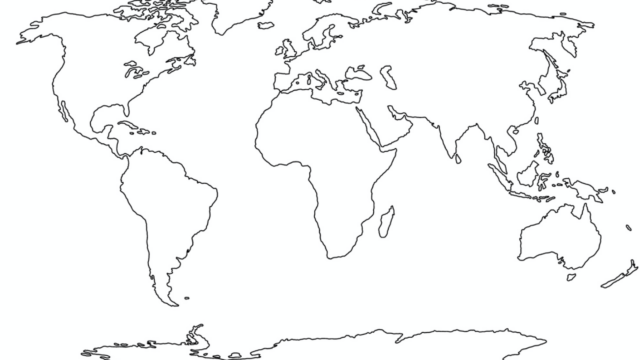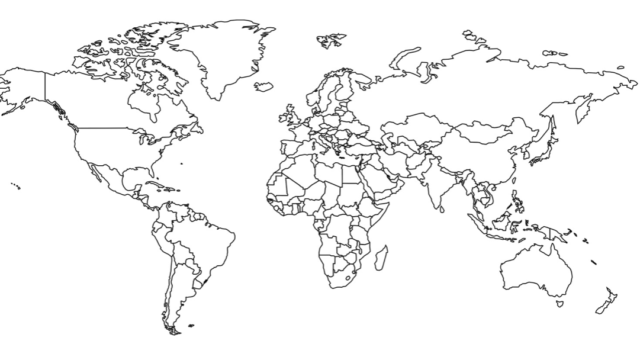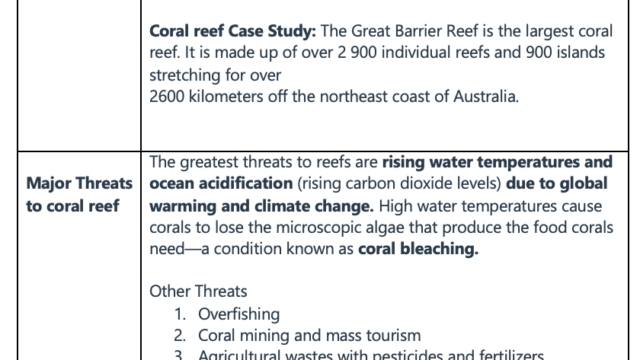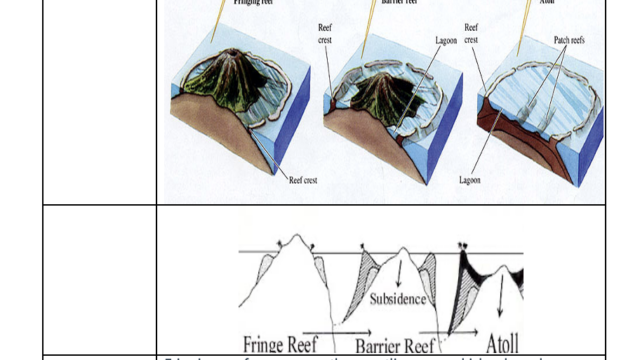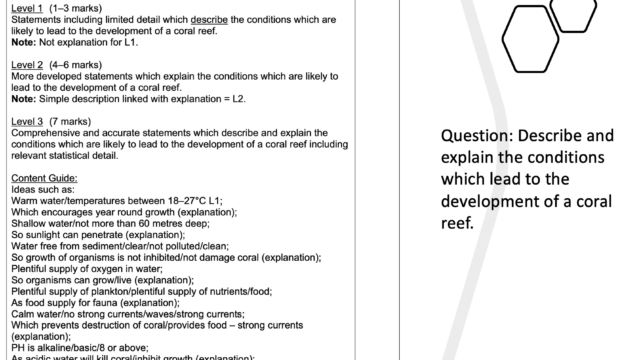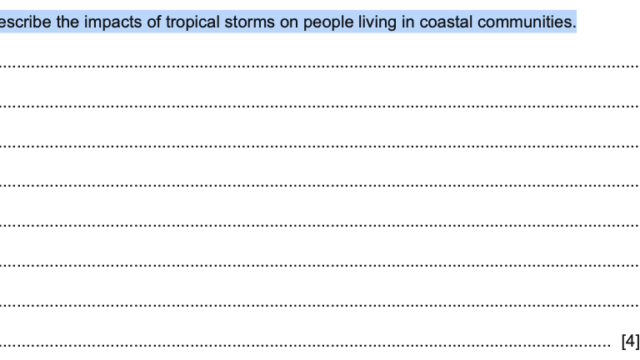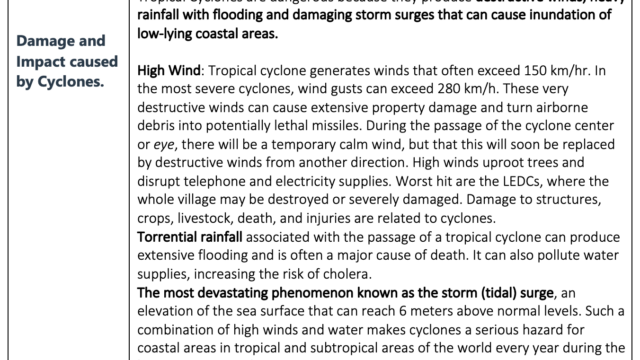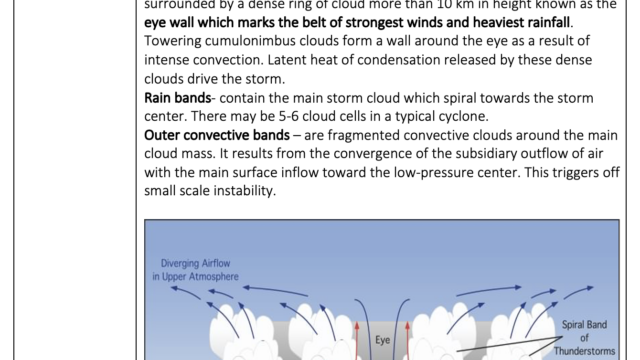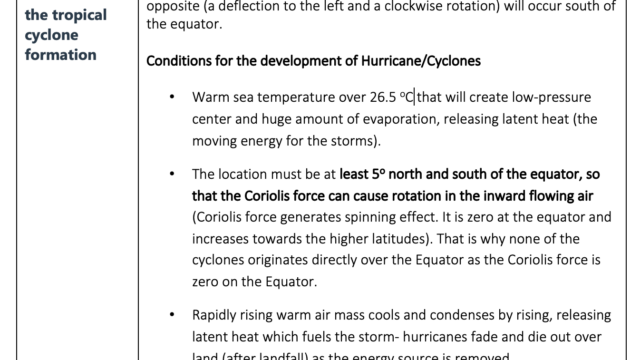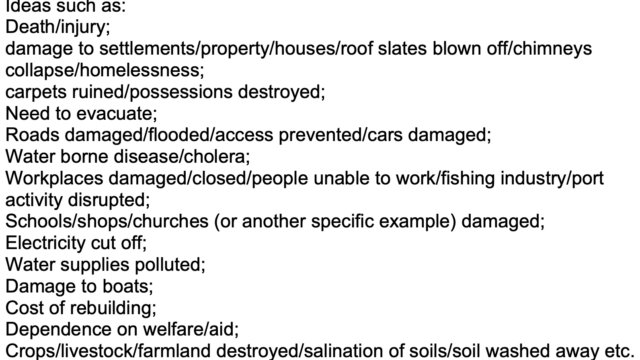Coral Reefs
Click here to see National Geographic coverage on Great Barrier Reef
Coral reefsare some of the most diverse ecosystems in the world. They are home to about 25% of all marine life. Living ridge of biochemically deposited magnesium and calcium carbonate structure in the sea formed by the growth and deposit of coral.
A coral reef represents community of living organisms. It is made up of plants, fish, and many other creatures. These reefs are generally built from a unique type of coral called a hermatypic coral and can only exist in warm ocean water. Hermatypic corals are symbiotic animal.
Only 0.1% of the world’s ocean floor is covered by coral reefs. The reefs grow best in warm, shallow, clear, sunny and moving water.However, they grow very slowly. On an average from 0.3 cm to 10 cm per year.
Location of the warm water coral reefs
The largest coral reef is the Great Barrier Reef in Australia. The second largest coral reef is found off the coast of Belize, in Central America. Other reefs are found in Hawaii, the Red Sea, and other areas in tropical oceans as reef-building tropical corals require warm water and sunlight found in clear, shallow ocean.
Major regions of warm water coral reef
- The Coral Triangle (Indo-pacific reef)
- The Mesoamerican reef (the Caribbean region)
- The East African coast (The red sea region)
- South West Pacific reef (Hawaii, Borabora)
Warm water corals are symbiotic animals, at the risk of coral bleaching
The Great Barrier Reef is the largest coral reef. It is made up of over 2 900 individual reefs and 900 islands stretching for over 2 600 kilometers off the northeast coast of Australia. With 76% of the world’s coral species, the Coral Triangle is the planet’s richest centre of marine life and coral diversity.


